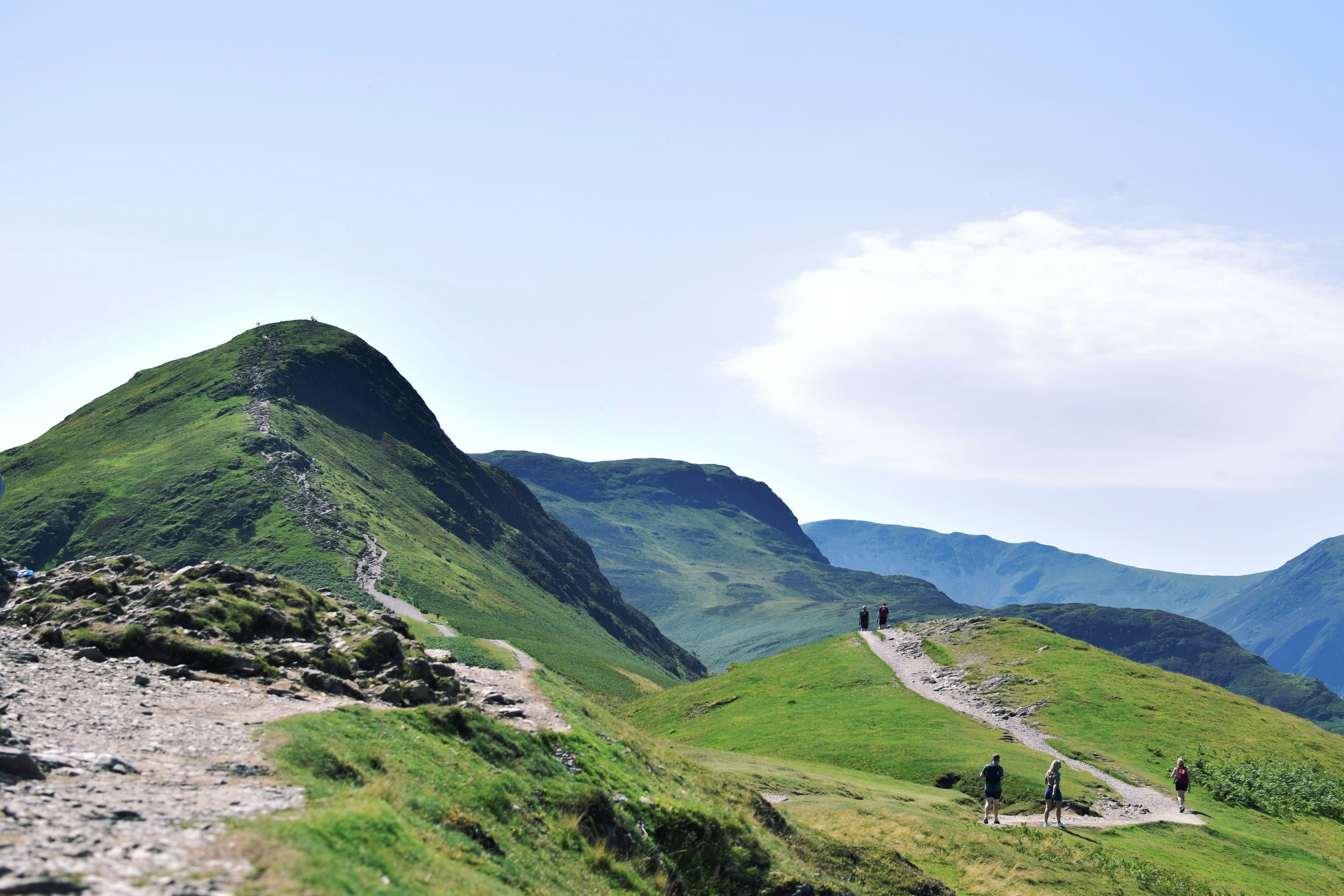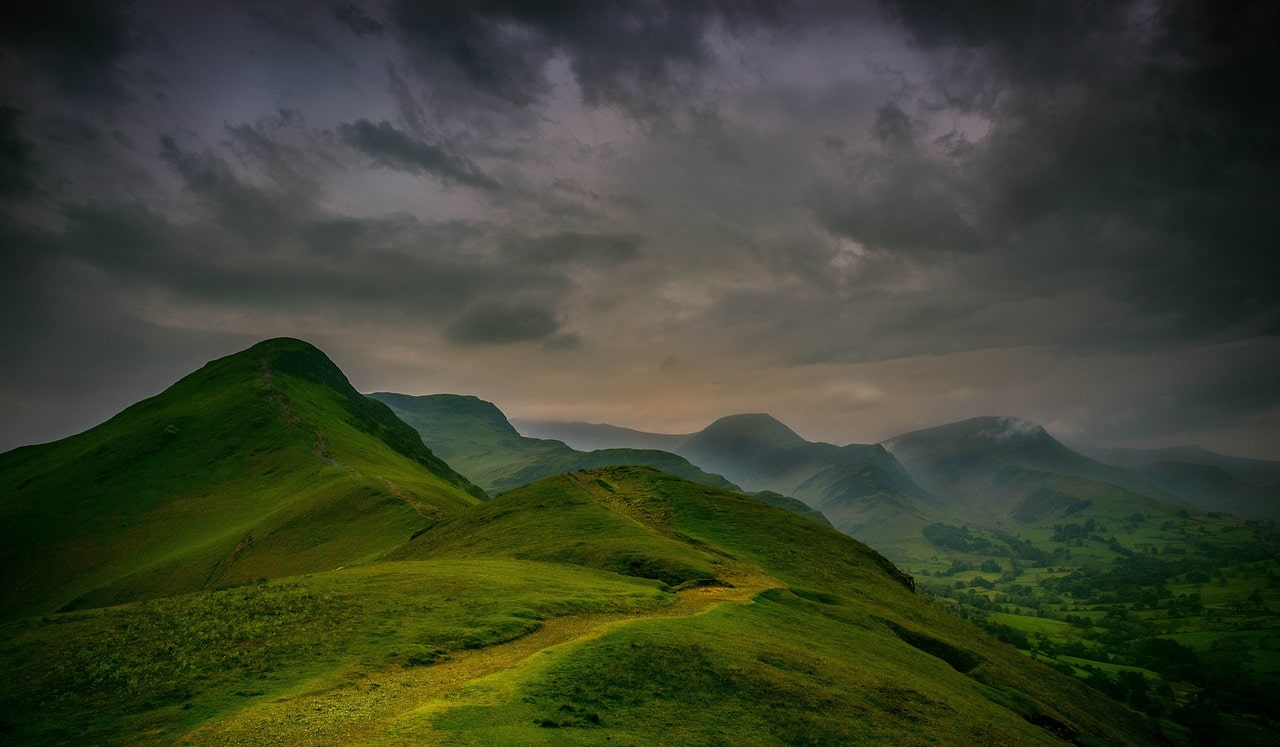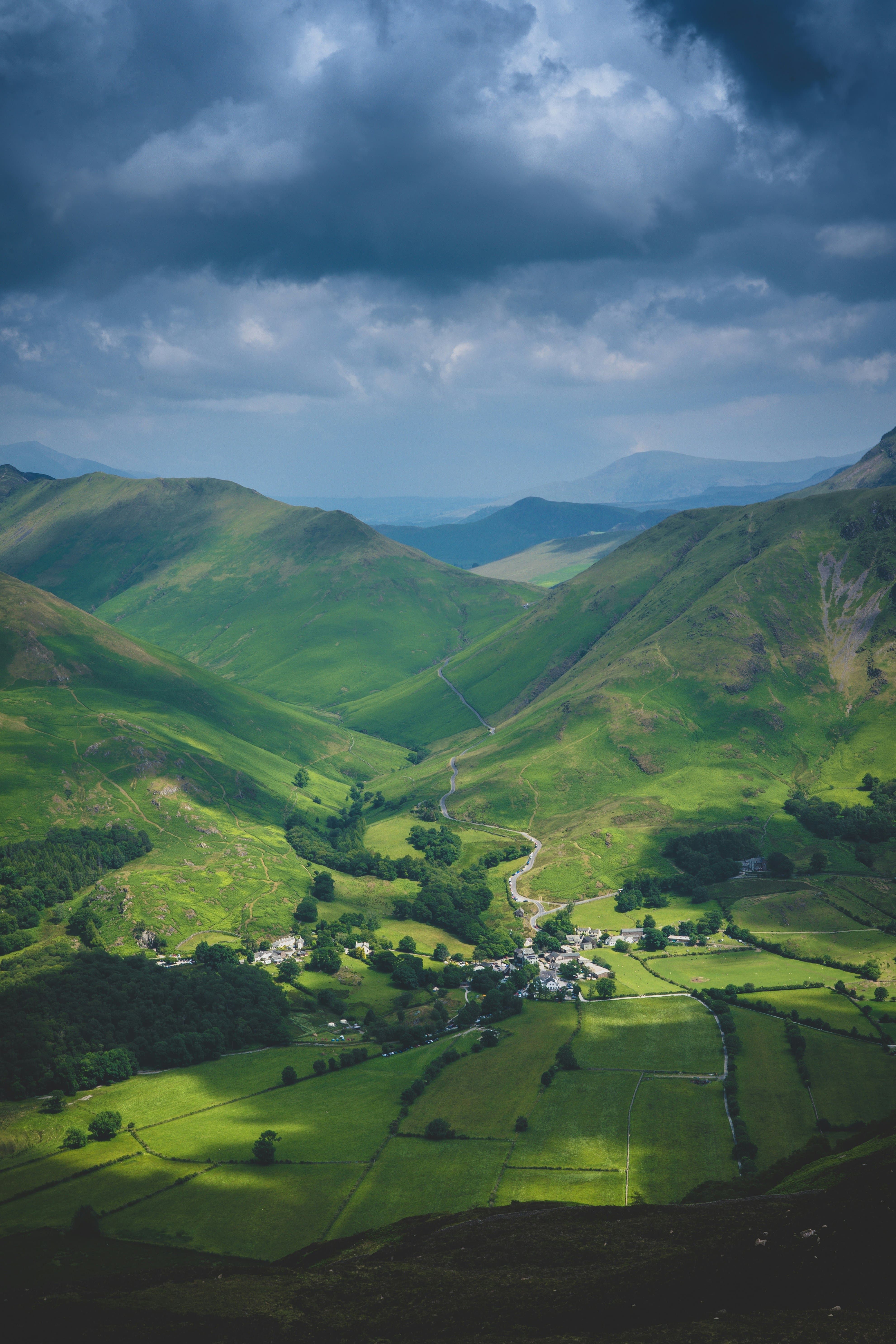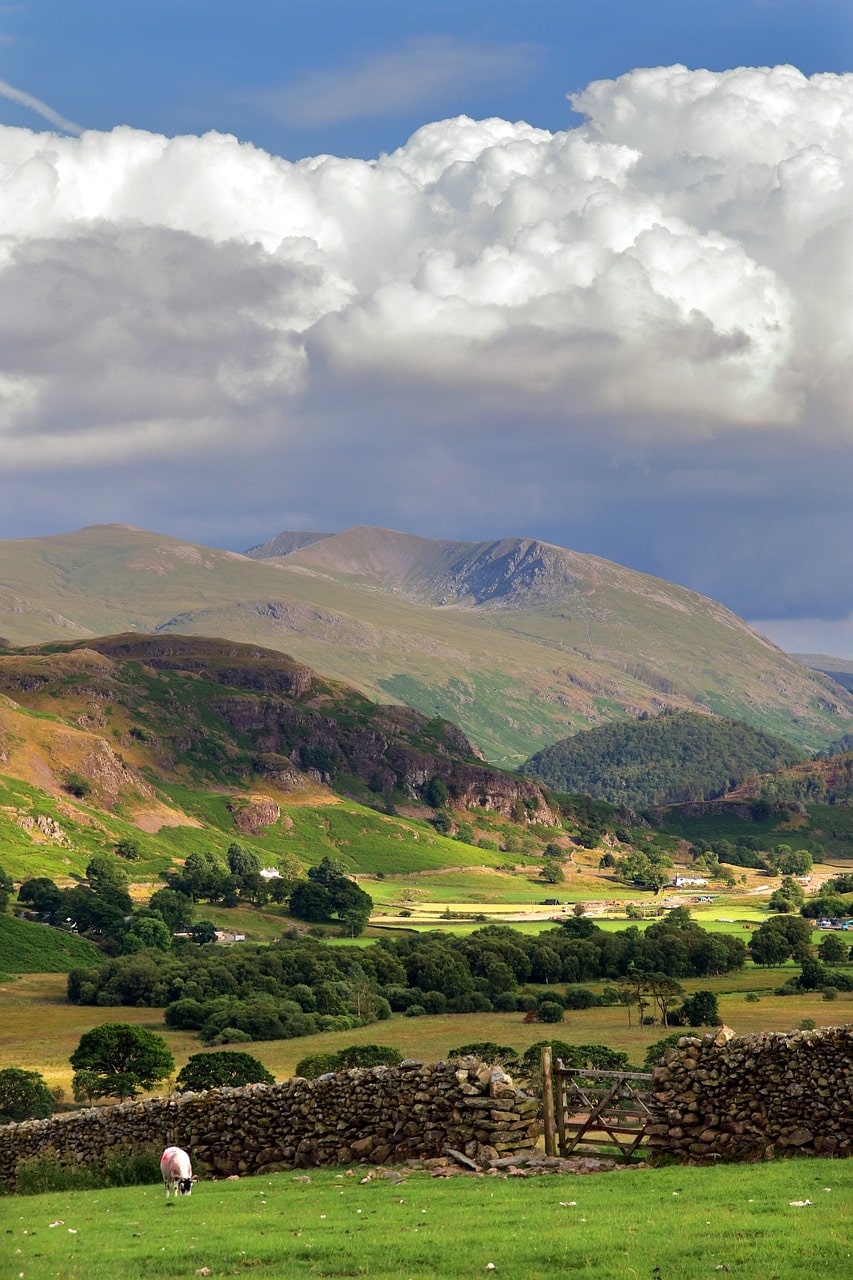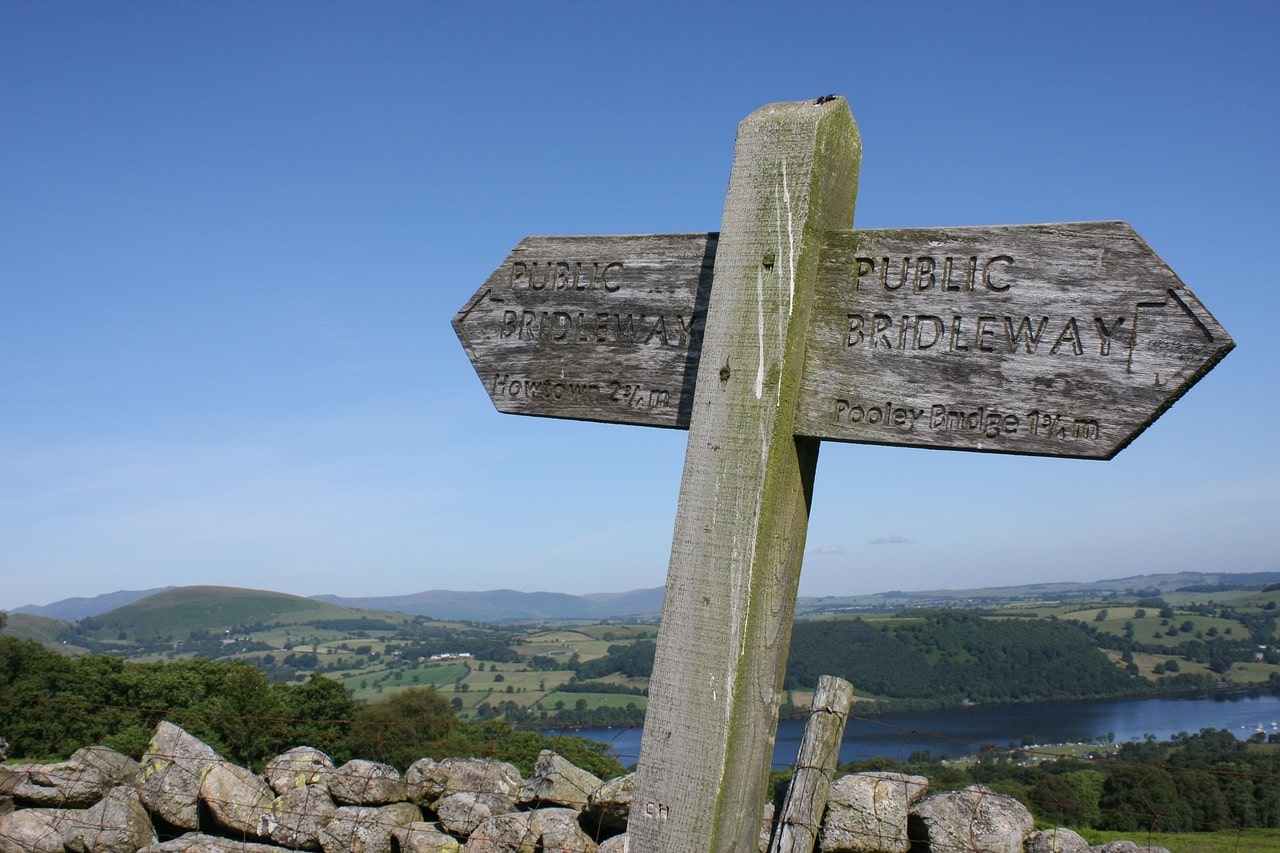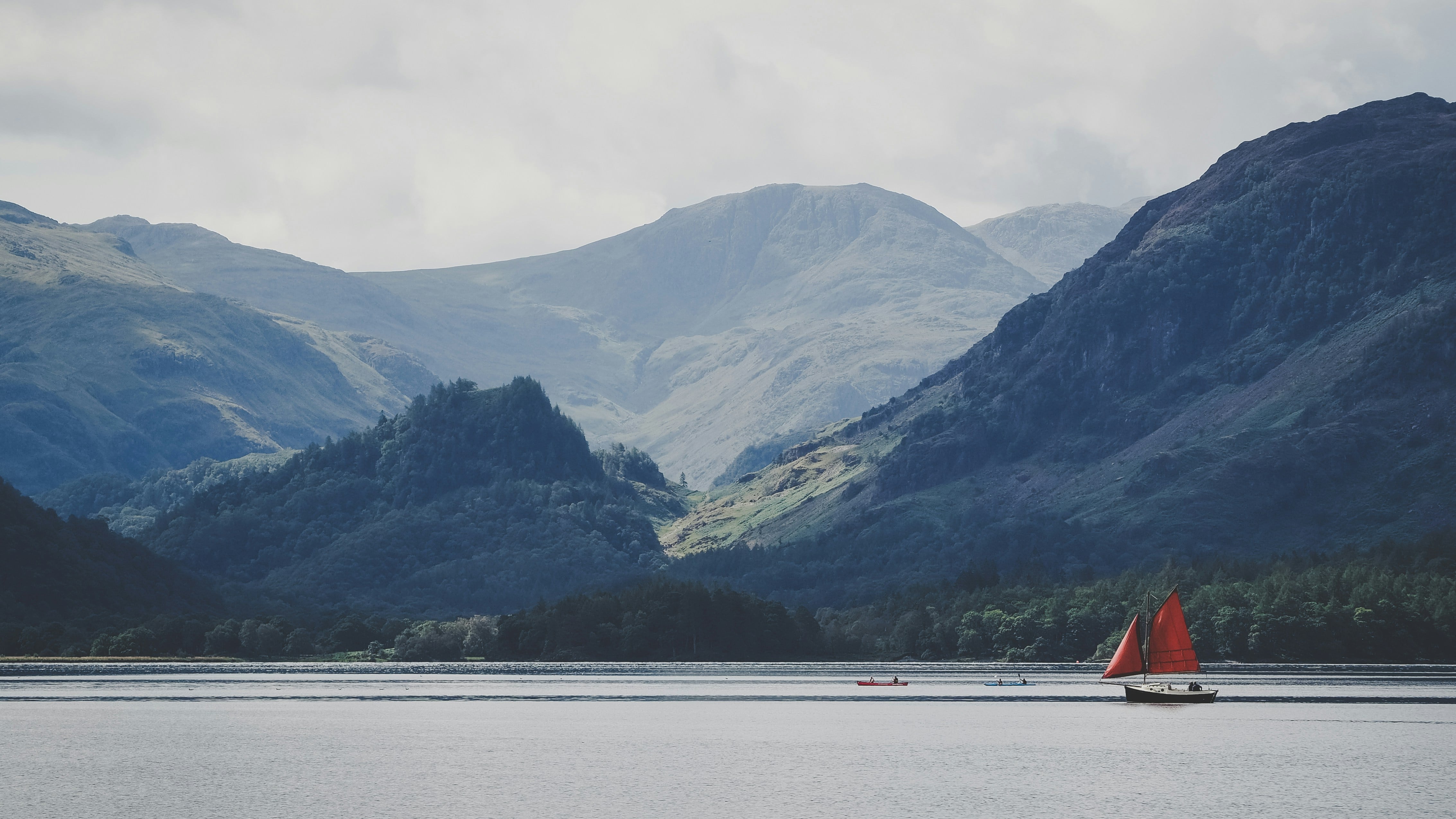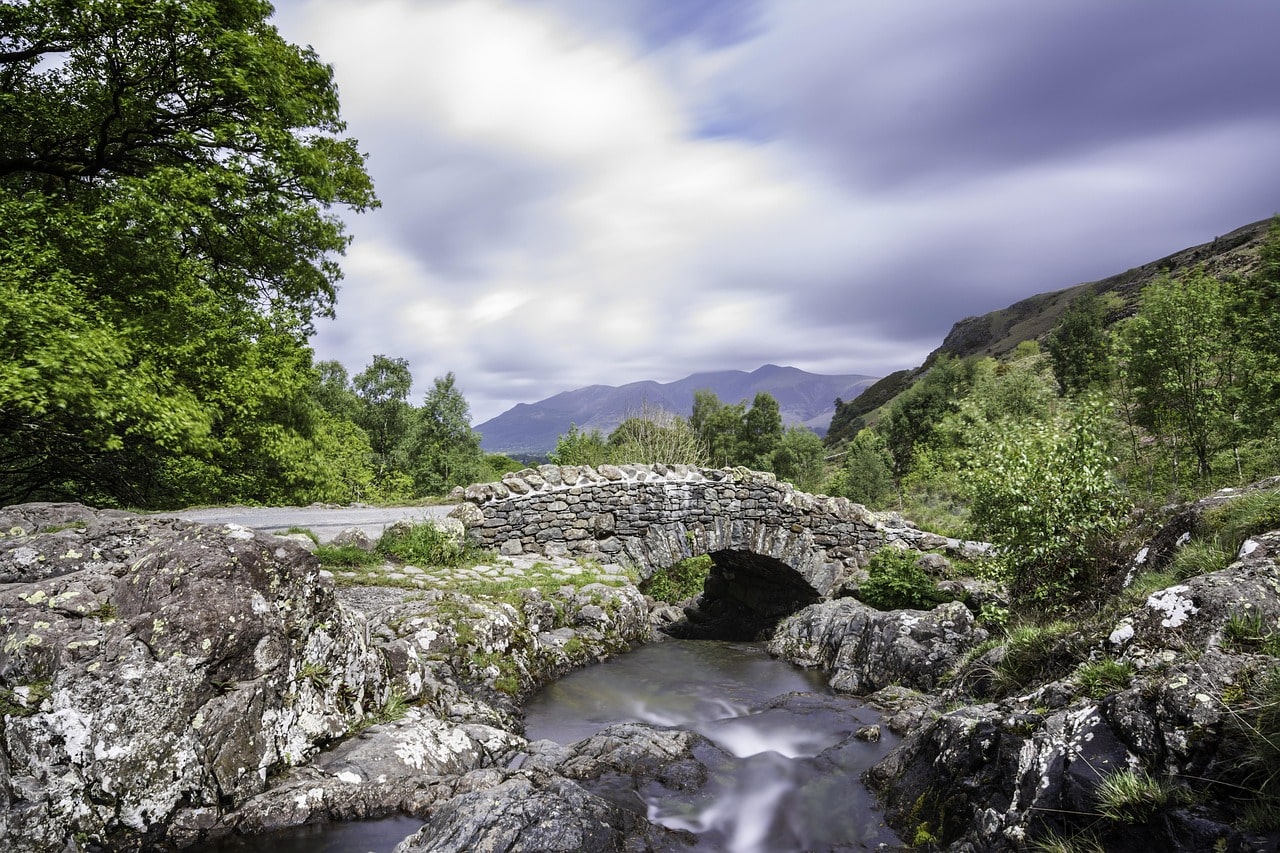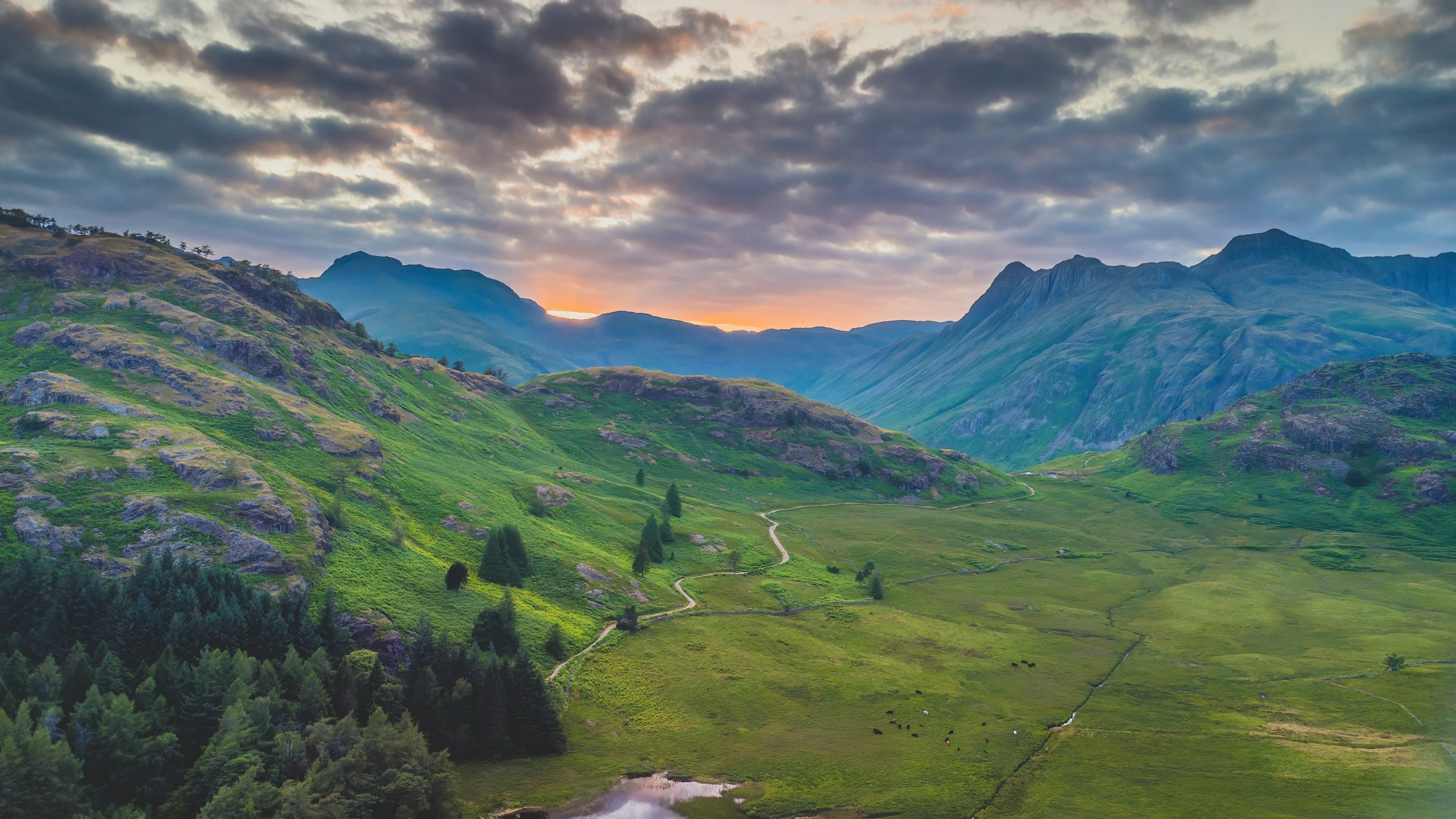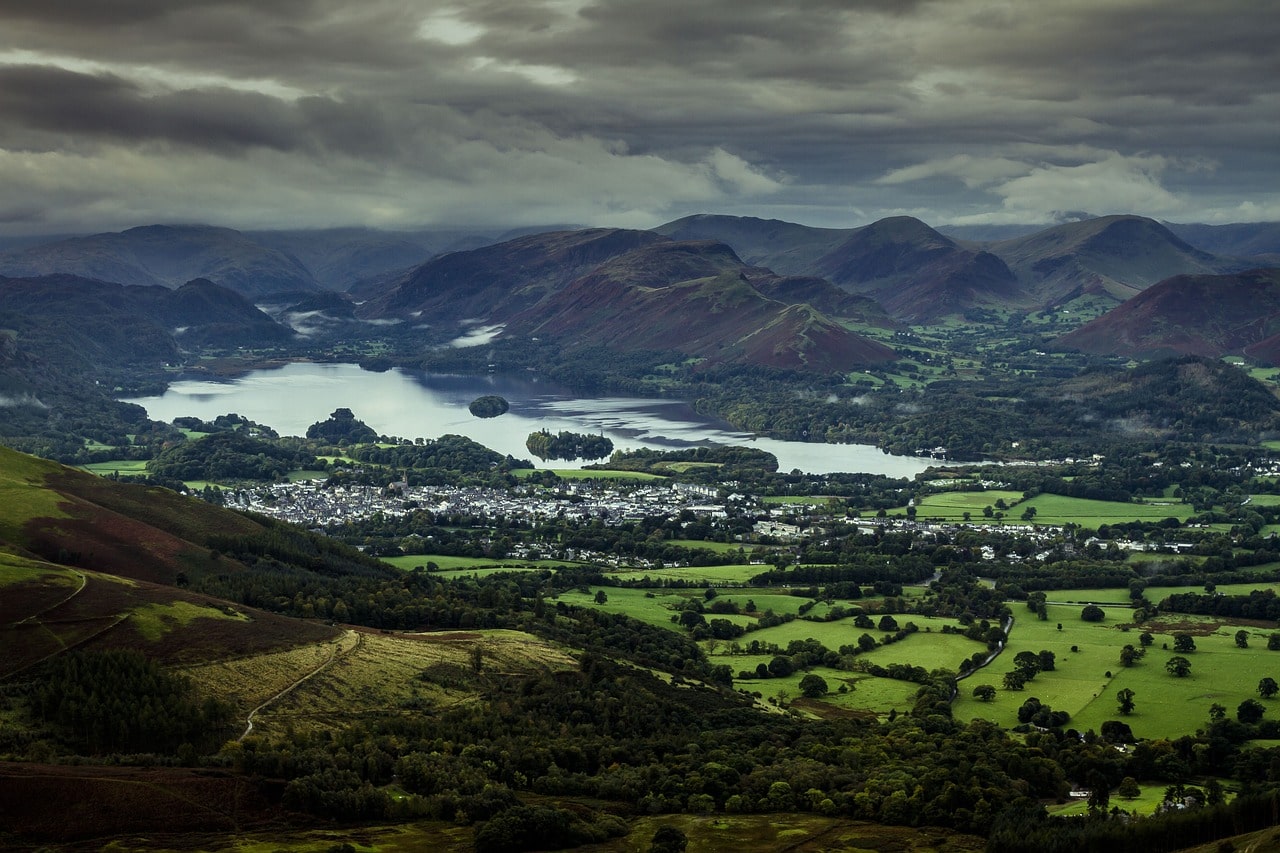The Lake District National Park, located in northwest England, is renowned for its breathtaking mountain scenery, glassy lakes, quaint villages, and wealth of outdoor activities. An increasingly popular way to experience the Lake District is by camping, allowing visitors to truly immerse themselves in the natural beauty while also saving money on accommodation.
With numerous campsites scattered around the region, catering to various styles of camping, the options can be overwhelming for first-time visitors. This definitive guide breaks down everything you need to know for a successful Lake District camping trip - from the different types of campsites available to the top destination campground recommendations.
Certified & Commended Sites
As a designated National Park, camping options in the Lake District range from basic, primitive sites to highly developed campgrounds outfitted with luxury amenities. Basic campsites, some run by the National Trust, provide pit toilets and access to water but little else in the way of facilities. Step up in facilities and price are certified and commended locations, assessed by National Quality Assurance Scheme inspectors on criteria like cleanliness, location, and accessibility. The Lake District offers nearly 100 locations with a Certified or Commended rating.
Styles of Camping
Lake District campsites also cater to specific styles of camping. For example, many campgrounds have dedicated areas for family camping with playgrounds and organized activities for kids. Other Lake District campsites specialize in winter camping with access to popular climbing routes. Given the popularity of long-distance walks like the Coast-to-Coast trail, backpackers can take advantage of campsites strategically situated along these routes.
Campsite Locations
Of course, one of the main considerations for selecting a Lake District campsite is location. The northern and eastern sections of the National Park contain most of the notable peaks and lakes, along with postcard villages like Keswick and Ambleside. Coniston Water, Derwentwater and Ullswater are the main bodies of water ideal for watersports and lake cruises. Positioning near these premier destinations allows easy access to Lake District highlights.
Ideal Visiting Seasons
As one of England’s most popular outdoor recreation destinations, the Lake District attracts visitors year-round. However, the peak tourist seasons run from spring through early autumn when the weather is mildest.
During spring and autumn, average high temperatures range from 11°C to 15°C. While cool, comfortable temperatures coupled with blooming wildflowers in spring and vivid fall foliage make these seasons idea for sightseeing and hiking. The warmest months fall between June and August when high temperatures climb to 20°C. For campers, summer brings long daylight hours and the widest range of facilities and activities.
Tips for Cold Weather Camping
While Lake District campsites remain open year-round, keep in mind that the winter months deliver cold temperatures, fierce winds, and abundant rainfall. From November through February, average high temperatures hover around 6°C. Overnight lows often dip below freezing between December and February with snowfall common in the higher elevations.
For cold weather camping, look for sites that provide electrical hook-ups allowing you to run space heaters. Check on the opening and closing dates for shower and restroom facilities which may be winterised during the off-season. Also, confirm winter access roads before booking for some campgrounds become inaccessible due to ice and snow.
Booking Peak Season Sites
Due to its immense popularity during peak visiting months, advance reservations using sites like Pitchup.com allow visitors to secure spots at the most coveted Lake District locations. For those willing to chance it, smaller certified and commended sites may have last minute openings.
Arriving mid-week offers a better selection compared to heavy weekend demand. Consider extending your visit from Sunday night through Friday morning to increase availability at premium campgrounds. No matter when you visit, always check the forecast and equip properly for Lake District weather which changes frequently.
Campsite Costs & Ratings
The Lake District contains a wealth of campsites to match both modest budgets and those seeking luxury amenities. Across the spectrum, rates range from £7 per night for basic pitching a tent to £50 or more for superior sites with full utility hook-ups.
When selecting a Lake District campground, consider which location features matter most - convenient proximity to key attractions and towns or recreational facilities onsite? Certified and commended designations also impact pricing with the highest rated locations commanding slightly elevated rates.
Best Value Campsite Picks
For the best value, National Trust campgrounds like Hoathwaite in Coniston and Gatesgarth Farm outside Buttermere offer basic sites starting around £19. These provide access to some of the Lake District’s most prized hiking with minimal facilities - usually pit toilets, water taps, and fire rings. While rustic, the payoff comes through stunning lake and mountain scenery.
Smaller certified and commended sites like Pow Beck Valley Caravan Park near Keswick offer great quality and location without breaking the bank. Pow Beck contains just 25 hardstanding tent pitches starting at £25 in low season.
Premium Amenities at Higher Prices
In the mid-range category, award winning locations like Keswick Camping & Caravanning Club Site command higher rates thanks to first class facilities like on-site grocery shops, modern washrooms, and laundry. Keswick also operates glamping yurts outfitted with real beds, heating and electrical outlets.
For the best views and amenities, deluxe 5 star areas like Low Wray Campsite situated along Windermere fetch premium pricing. Low Wray offers lake view hot tubs along with a well-stocked camp store, organic gardens, and luxury bathrooms - all part of the £37+ nightly rates.
Top Outdoor Activities
Thanks to mild summertime temperatures and abundant daylight, the Lake District offers boundless opportunities for outdoor recreation. Hiking ranks as the most popular activity with over 1,800 miles of public footpaths crisscrossing every corner of the National Park.
From family-friendly nature trails to challenging ridge scrambles, hikers enjoy jaw-dropping vistas of carved valleys dotted with storied lakes and villages. Cyclists also take advantage of the extensive trail network spanning backcountry dirt tracks to quiet country lanes.
Campsites Ideal for Backpacking
For camping enthusiasts, backpacking serves as an iconic Lake District experience. Multiday routes like the 53-mile Coast-to-Coast Trail and circular trips in the Central Fells allow you to pitch a tent each night under the stars. Provided campsites along popular routes offer basic facilities and water access to keep packs light.
More leisurely hiking excursions might include the 6.2 mile route around Derwentwater with its combination of forests, meadows, and lakeshore paths. Or take on a steep route like Catbells near Keswick rewarded with panoramic views across Derwentwater and Bassenthwaite Lake from the 1,480 ft. summit.
Popular Lake District Watersports
Beyond hiking, opportunities for watersports abound across the lake country. Windsurfing and sailboarding rank among popular summer pastimes on Windermere along with open water swimming for the wetsuit-clad fitness enthusiast. Kayaking, canoeing and stand up paddleboarding (SUP) also allow you to experience the Lake District from water level.
Numerous companies offer rentals and instruction for those needing gear and guidance around these sprawling bodies of water. Cruise boats also provide scenic tours of major lakes with options for getting off shore to explore lakeside villages for the day.
Choose By Location Themes
Thanks to the Lake District’s vast size and variety of landscapes, travelers can craft custom camping trips catering to specific interests or optimal convenience. To assist with trip-planning, the guide below breaks down top-rated campgrounds based on popular location themes:
Scenic Lakeside Settings
Windermere Lake: England’s largest lake serves as the epicentre of Lake District watersports and cruises. North Shore’s Fell Foot Park, nestled on a wooded peninsula in the lake’s southern reaches, gives campers direct water access for swimming, boating and lovely shoreline strolls.
Central Fells: Positioned near Ambleside, Low Wray campground places you close to hiking trails to Wansfell Summit while its lakeside setting beckons open water swimmers. Large glamping tents allow you to camp in comfort with scenic views.
Western Lakes: Lakeside Castlerigg Hall Caravan Site near Keswick occupies an enviable spot between Derwentwater and Castlehead Fell, providing quick access to nearby trails. The campground’s secluded tent zones high on the hillside ensure peace and privacy.
Hiking Basecamp Recommendations
Northern Fells: For exploring acclaimed trails near Caldbeck and Hesket, Woody’s Yurts makes an ideal launchpad featuring custom yurts outfitted with real beds plus a tennis court and hot tub.
Southern Lakes: Situated below Scafell Pike, England’s tallest peak, Wasdale Head Inn’s campground has an unbeatable location surrounded by mountain vistas that are Instagram gold. Pub grub and tents-only give it a laidback vibe.
Eastern Lakes: Coniston Hall Campsite surveys scenic Coniston Water views right from your tent flap. While rustic, you can kayak straight from the shore before enjoying wood-fired pizza at the onsite cafe.
Cultural & Educational Attractions
While the main appeal stems from outdoor recreation, the Lake District also serves up cultural attractions to fill a rainy day itinerary. From literary landmarks to educational sightseeing, you’ll discover unexpected indoor points of interest across the region.
Beatrix Potter Inspired Discoveries
Fans of Beatrix Potter can experience settings straight out of her children’s tales which centre around local flora and fauna. The World of Beatrix Potter in Bowness-on-Windermere brings characters like Peter Rabbit to life through displays housed in a recreated 17th century village. Visitors can also tour the author’s 17th century farmhouse, Hill Top, near Sawrey, preserved to look like scenes described in works like The Tale of the Pie and The Tale of Samuel Whiskers.
Wordsworth's Poetic Landscapes Come Alive
The Lake District equally inspired William Wordsworth and other literary greats like Samuel Taylor Coleridge who shaped the Romantic poetry movement. Wordsworth lived, wrote and found inspiration at Dove Cottage in Grasmere village and his later home, Rydal Mount, in Ambleside - both open to the public as museums today. First editions, original manuscripts and favourite spots around the grounds provide insight into the poet’s creative process.
Unexpected Local History Lessons
Educational offerings like the Keswick Pencil Museum delve into the region’s unsung history supplying pencils globally thanks to locally sourced graphite. The museum displays vintage pencil advertisements, unusual collectibles and a working pencil-making machine. Keswick’s Puzzlewood transports kids and adults alike into a fairy tale forest ripe for exploration with gnarled tree roots, moss-covered boulders, and intricately carved wooden bridges spanning ponds and streams.
Planning Your Lake District Camping Adventure
Beyond buzzworthy towns and peaceful hamlets, England’s treasured Lake District National Park promises exhilarating adventures, cozy village pubs, hiking trails delivering nonstop vistas and deep immersion into nature - best experienced camping under the stars.
With nearly 100 certified campgrounds scattered around the region, travelers can handpick locations catering to every interest and budget. Seek out sprawling, scenic spots primed for watersports on legendary lakes like Windermere and Derwentwater. Choose small but perfectly situated sites providing backdoor access to acclaimed hiking routes in the Central Fells and Northern Fells.
Getting Around the National Park
While possible to travel the Lake District relying on public transportation, having your own vehicle allows ultimate flexibility for exploring charming off the beaten path villages and traversing gravel campground access roads. Consider booking campervans through companies like Happy Campers offering economical rates during shoulder seasons.
Packing Considerations and Booking Tips
When preparing for Lake District camping trip, pack for variable weather with layers, wind and rain protection along with broken-in hiking boots to leverage the extensive trail network. As one of England’s most popular tourist draws, visiting during off-peak times increases availability at the most coveted campgrounds.
Spring and autumn offer ideal sightseeing conditions without summer crowds. Or embrace the solitude of winter camping under starlit skies - just equip properly for cold, wet conditions.
Making Lasting Memories
Whether you seek high-altitude vistas hiking rugged fells, leisurely lakeside cycling or days spent windsurfing across glassy waters - the Lake District serves up endless outdoor adventure capped by nights nestled around glowing campfires. By camping in the heart of the dramatic scenery, you’ll create long-lasting memories while deepening your connection to the natural riches cementing the Lake District’s enduring, universal appeal.
Related articles

Let us know you agree to cookies
We use marketing, analytical and functional cookies as well as similar technologies to give you the best experience. Third parties, including social media platforms, often place tracking cookies on our site to show you personalised adverts outside of our website.
We store your cookie preferences for two years and you can edit your preferences via ‘manage cookies’ or through the cookie policy at the bottom of every page. For more information, please see our cookie policy.
